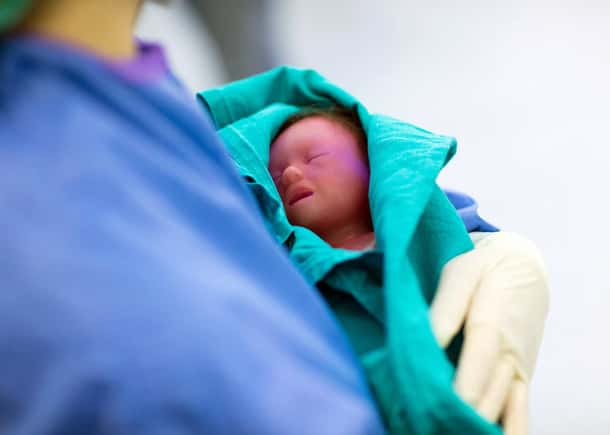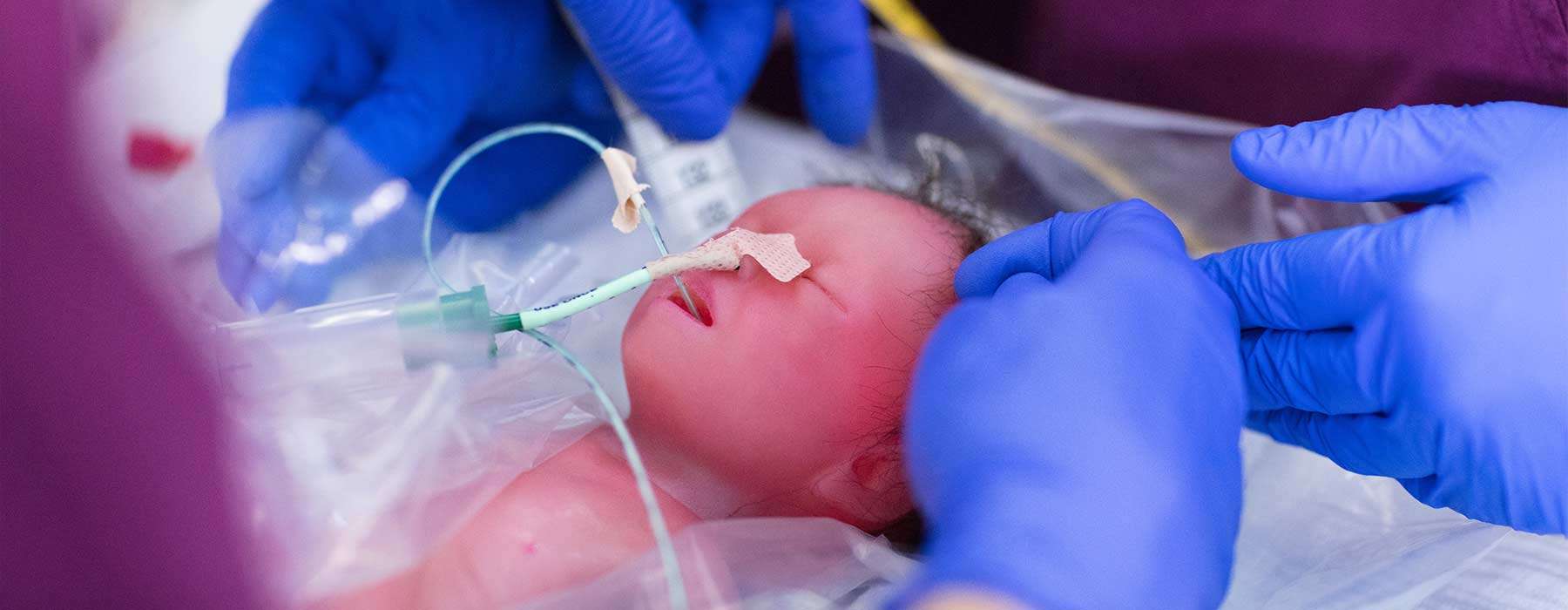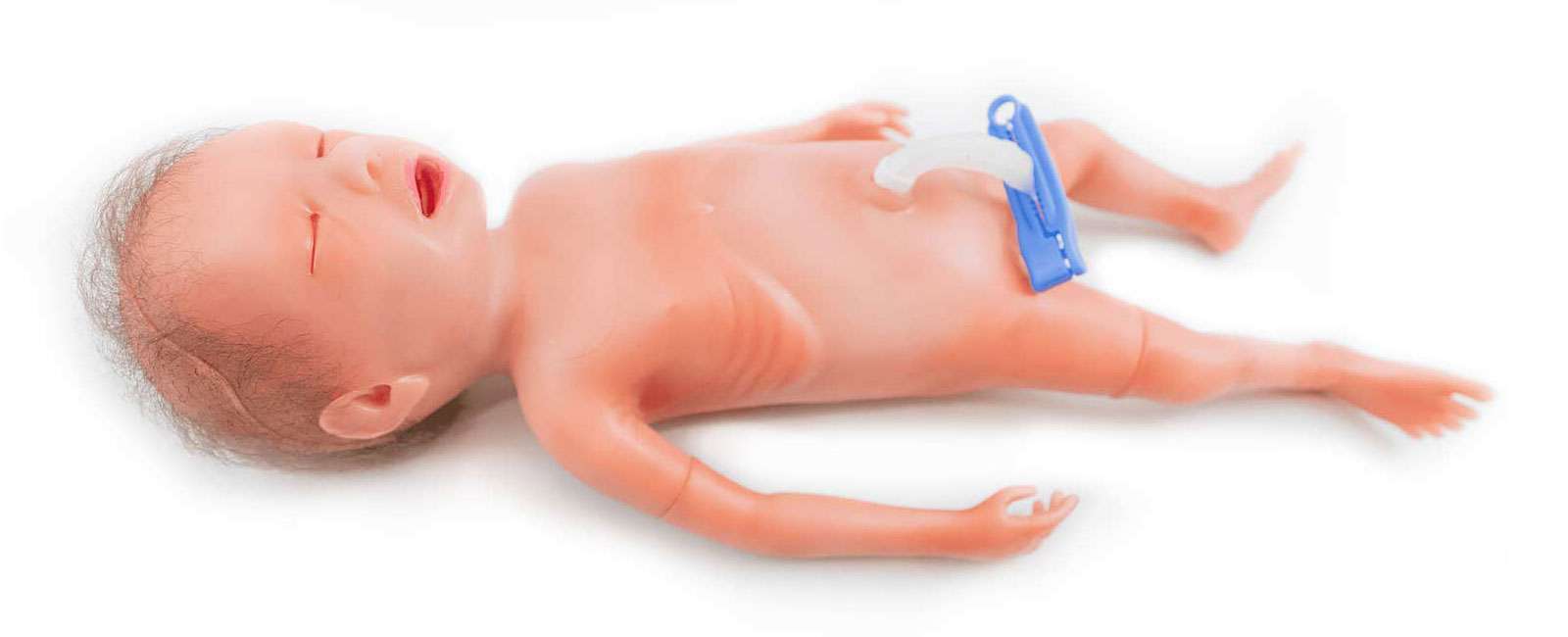High Emotion Simulation
An alternative approach to improving prenatal care

An alternative approach to improving prenatal care

So is the vision of Jens Schwindt, CEO of SIMCharacters.
But he’s also a Neonatologist. In this dual capacity, he has led his organization on a decade-plus-long journey focused on training and patient safety. A pursuit that has carried him around the world meeting with thousands of like-minded individuals. At each stop, the same question kept coming up: What are the key factors needed for an optimal training environment that empowers healthcare professionals?
In short, it is a recalibration of simulation methodology. Not, what is being trained, but what is the best approach and mindset to training? A dedication to creating a connection to the material that transcends competency and skill development and elicits genuine emotional reactions from participants, heightening engagement, empathy, and adaptability.
A focus he references as “High Emotion Simulation”.
“The deeper we dive into the scenario and reflect on the actual situation we can prepare learners to be there, to help save actual lives.”

For years, Jens would lead trainings and run simulations with a wide variety of technology and teaching methods. At every opportunity, he felt compelled to push the boundaries of the exercises, particularly in terms of humanity. It is one thing to intubate an anatomically correct simulated airway and quite another to intubate an actual child in respiratory distress and under high emotional stress.
He wanted an approach that surpassed the limits of visual fidelity. It wasn't just enough to look and function in a lifelike manner, but the simulation had to mimic the intricacies of human emotion to elicit the same in participants.
Jens kept challenging, how can we create the most realistic training environment possible in neonatal care? Across all medical disciplines, especially in the field of neonatology, staff must be optimally prepared for the demands of caring for these most delicate of all patients. Of course, training on real babies is out of the question.
The solution would need to be engineered. Jens had previously worked with airplane pilots and noted how they all raved how flight simulators felt as real as when it came time for them to be in an actual plane. The bar was set for what he wanted to reproduce in his simulation training.
Further consultation became the groundwork as he met with medical experts, special effects designers, biomedical engineers and hardware and software designers (Jens recalled how particular breakthroughs were made via conversations with engineers based in a unique location: “The smartest people in most hospitals are in the cellar. They're engineers who are waiting for doctors to come down with ideas for them to develop”).
He created something new with real-life external an internal anatomy, skin that felt like human skin and actual human hair. Inside, it would have all the high-tech functionality to allow for a wide range of medical procedures and performance recording.
And, fittingly, as he was at the start of this journey. The first designed was a premature baby named Paul. Just Paul. A further touch by design.

Paul will soon be joined by Emily and Emma. Another intentional point of distinction.
Inside, Emily and Emma are identical. They’re both full-term babies. But, on the outside, there is a distinct difference: Emily is white, Emma is black. It’s not just skin color but facial features and hair type, as well.
While global trends for infant mortality have been steadily improving, there still is a wide disparity when factored by race, particularly in Europe and the Americas. “Emily and Emma are different individuals because we want to challenge unconscious bias,” Jens explained. “We as a society have to identify and support very real issues and challenges facing different communities.”
While the concept of simulation and creating a truly immersive experience is not something new in the medical community, the delivery offered by SIMCharacters is distinct. Seamlessly blending advanced technology with undeniably lifelike look and feel transforms a simulation into a full sensory and competency exercise. “High Emotion” empowers individuals to develop empathy and adapt to non-verbal communication that changes patient treatment with a truly authentic representation.
Improve outcomes with deeply immersive training driven by a representative, premature baby simulator combining lifelike anatomy with state-of-the-art technology.
